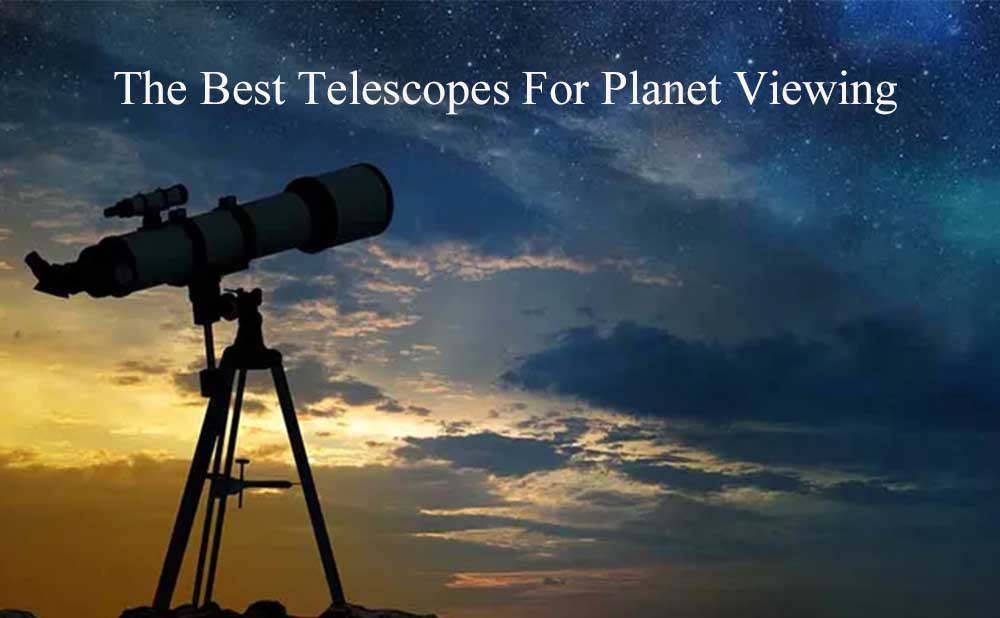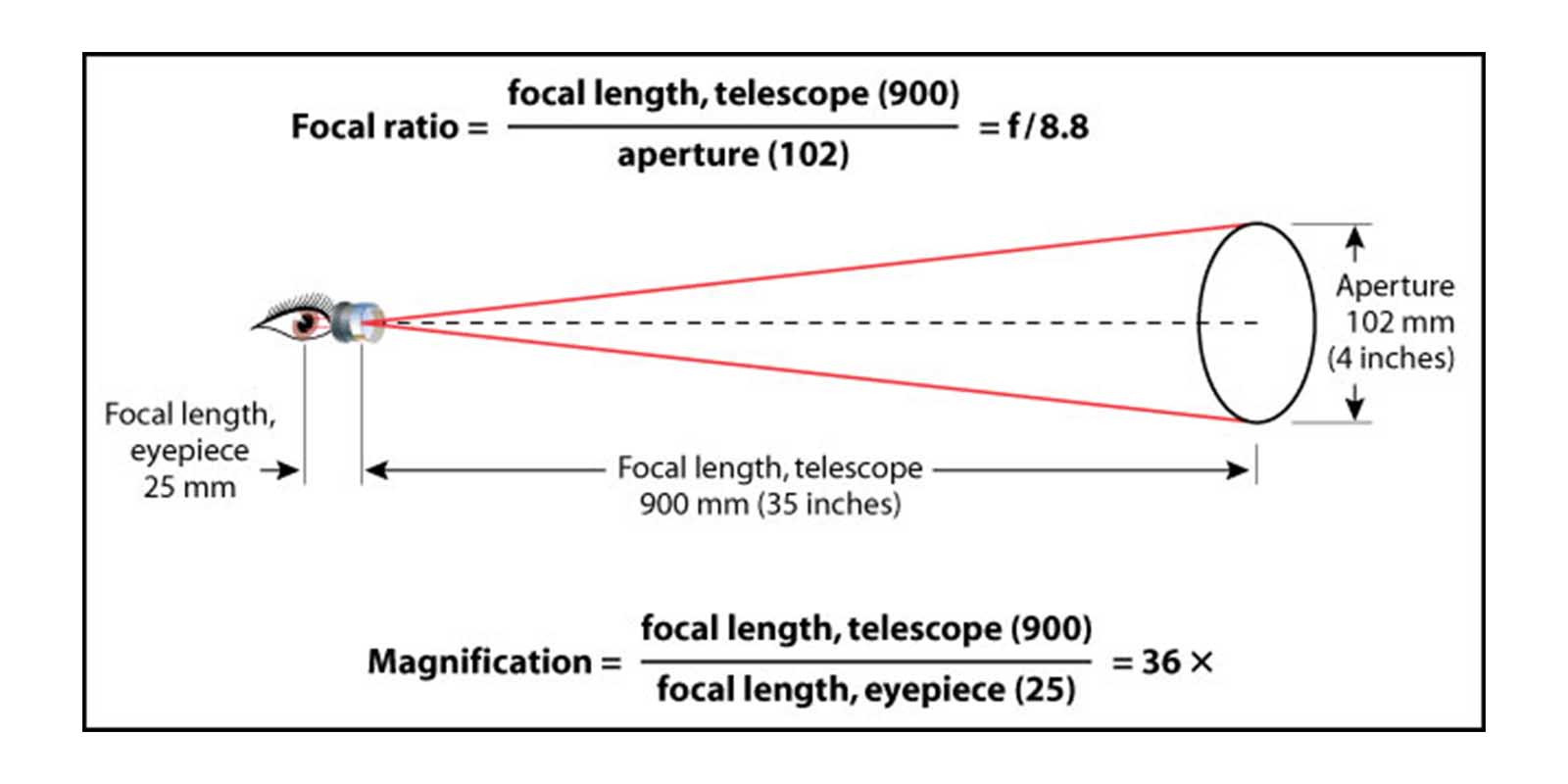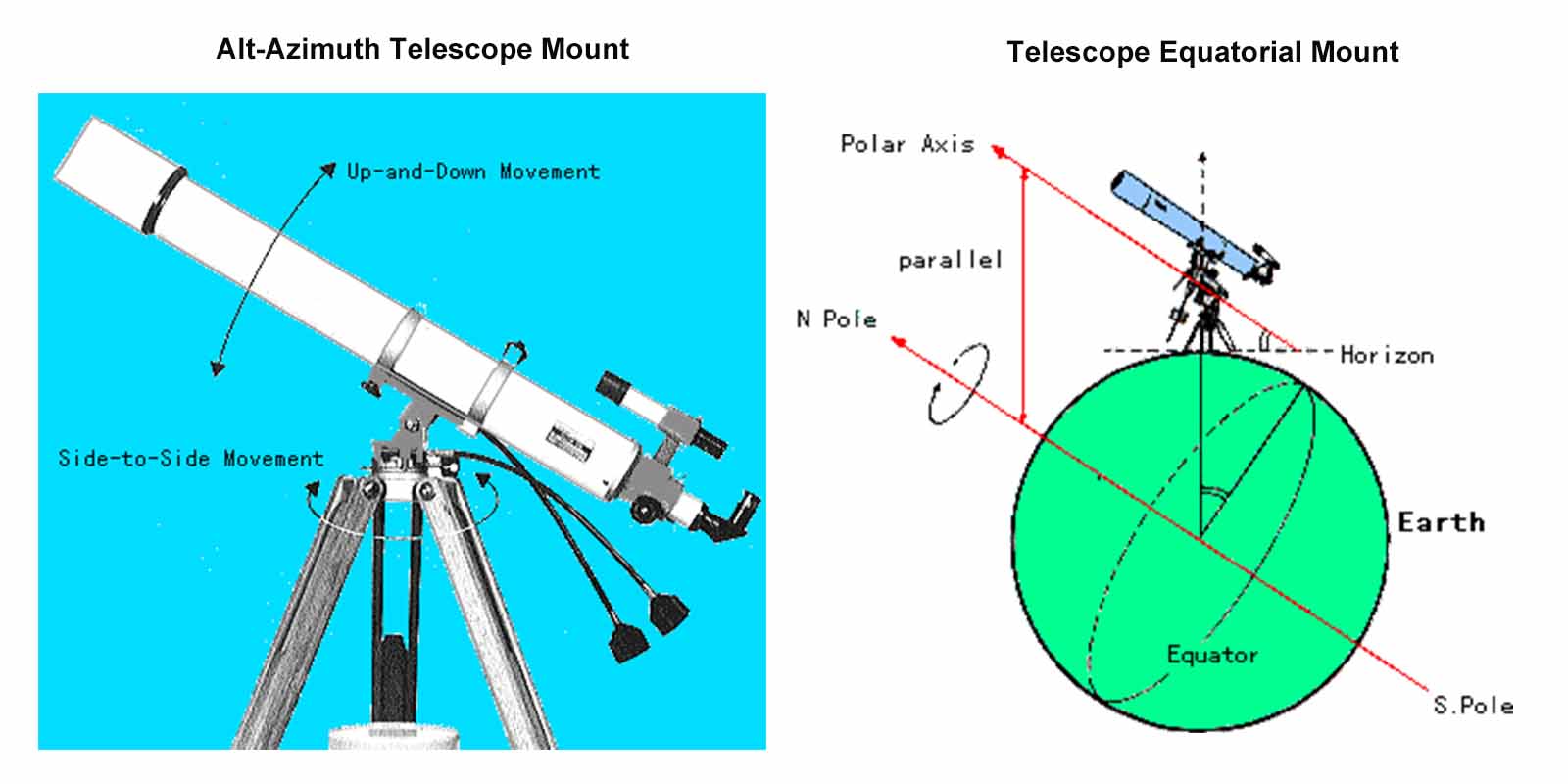The Best Telescopes For Planet Viewing

The Best Telescopes For Planet Viewing
The Best Telescopes For Planet Viewing
What should you pay attention to when purchasing a telescope to observe planets?
There are many types of telescopes to choose from, and it's important to choose one that has all the features you need for your preferred type of viewing.
For example, many skywatchers find that refractors are the best type of telescope for observing the planets, while stargazers who prefer to observe deep sky nebulae often choose reflecting telescopes.
No matter which type of telescope you choose, make sure it meets a few key requirements to ensure the best planet viewing. You'll need to pay close attention to aperture size, focal length, and mounting type to find the ideal telescope for planetary viewing.
-
1. Aperture Size
Aperture size is an important factor in selecting a telescope. A wider aperture lets in more light, so you can see distant and faint planetary objects more clearly.
If you are purchasing a refracting telescope, the aperture measurement will indicate the diameter of the objective lens. Ideally, your telescope should have a minimum aperture of 90mm to improve visibility and clarity.
The larger the aperture, the better the resolution, so you can visually distinguish a planet from nearby objects, such as its moons or rings.
Keep in mind that aperture size is only part of the equation. Focal ratio is the next important factor.

-
2. Focal Ratio
Focal ratio is related to the size of the field of view and the magnification. To find a telescope's focal ratio, divide the focal length by the objective lens diameter.
If observing the planets is your primary goal, a focal ratio of f/10 or greater will help. Stargazers looking for nebulae will want a focal ratio of f/7 or less because they require a wider field of view.
A telescope's focal length determines the magnification of planetary objects and their characteristics. For example, if you want to see craters on the moon in detail, you'll need a focal length of 2000 mm or longer.
-
3. Telescope Mount
You can spend a lot of money on a high-end telescope, but unless you choose the right telescope mount, your observations won't be satisfactory. Do you want to reduce vibrations, move smoothly between viewpoints, and stay firmly locked onto celestial objects? Then you need a super sturdy, high quality mount.
When shopping for a telescope mount, you'll come across two main options: an equatorial mount and a alt-azimuth telescope mount. A theodolite provides two directions of movement (Alt-Azimuth), while an equatorial mount takes into account the rotation of the Earth so that the planet does not stray out of view.
If you are interested in astrophotography, an equatorial mount is best.

Conclusions
Observing planets, stars, and nebulae is a meditative pastime that allows you to see the world around you in a new light. As you become more familiar with the night sky, you'll find yourself becoming more excited about celestial events such as meteor showers, solar eclipses, and comet passes.
To learn more about telescopes and astrophotography check out these informative articles:
https://www.svbony.com/blog/why-should-you-choose-a-beginner-telescope/
https://www.svbony.com/blog/beginner-guide-to-selecting-an-entry-level-astrophotography-kit/






